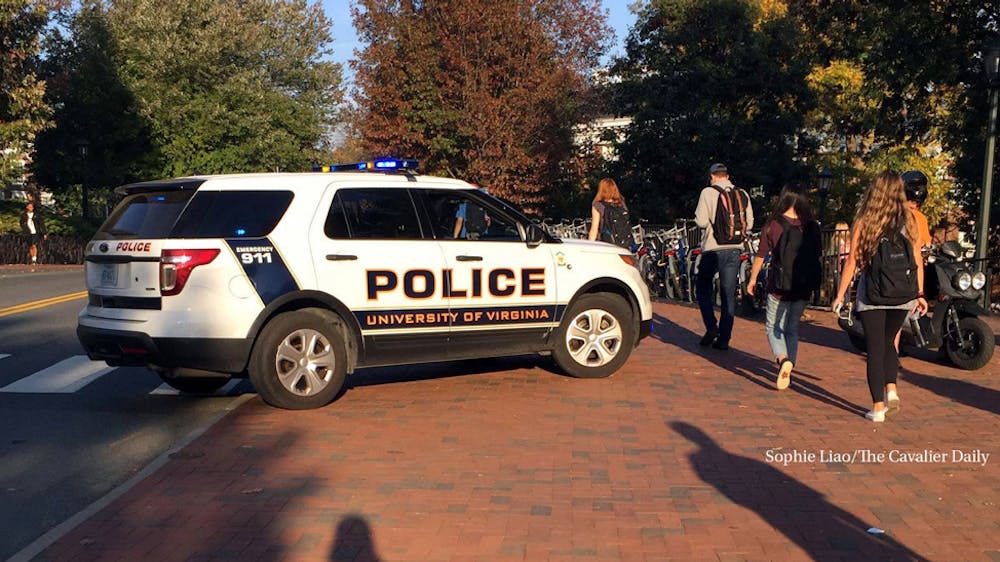America recently watched as police shot unarmed Jacob Blake in the back seven times as he got into his car, leaving him paralyzed. Not too long after that, we stared in shock as a white 17-year-old gunman stormed the streets of Kenosha, Wis. in opposition to individuals protesting the attempted murder by police — killing two and nearly blowing the arm off another. He then walked right past the police not only with his illegally wielded gun slung across his chest, but also staying hydrated with the water they gave him 15 minutes prior.
No matter how you view this situation, especially after watching all the videos, there are two things that are evident — the cops welcomed this kid, and they also allowed him to kill two people. It is also clear that the police found no threat in this young man. If it had been a Black kid shooting people at that protest, he would not have even had the chance to take his safety off. In the case of 12-year-old Tamir Rice, he was killed for playing with a toy gun in a park. So, this begs the question — why is it that police are more prone to act forcefully towards an unarmed Black man?
A piece of American history that I’m sure many people were never taught in school was the implementation of slave codes and slave patrols and their evolution into modern-day police departments. After slavery was abolished, white southerners pushed for laws that would force Black people back to working in the fields — slave patrols were the ones to enforce this. The mere appearance of idleness, immoral conversation, immoral behavior or immoral actions were criminalized. Black citizens would have to face fines, prison time and even slavery for up to a year. This is what we still see today, but instead of going back into field slavery, they are forced into the slavery of the prison industrial complex.
A quick comparison of behaviors shows many things were carried on from slave patrols to police. Slave patrols and early police would use intimidation tactics to impose control over the attitudes and beliefs of Black citizens in order to reinforce safe, less threatening behavior that would be seen as comfortable to white people. Slave patrols would provoke fear and submissiveness among slaves. The origins of policing clearly reflect how it still works today. It is even widely known that the police have a history of working with the Ku Klux Klan, and some still do to this day.
Here is the kicker — slave patrols were not allowed to kill slaves because they were considered investments. Slaves were property. Kyle Rittenhouse claimed that he was there to help protect property. It is ironic to think that what was once valued property in the most deplorable way is now regarded as easily dispensable. The only thing that is apparently different is the switch from the term patrol to police and the fact that the slaves in question are now being killed excessively.
Black people may no longer be slaves in America in the most literal sense, but we remain slaves to the racist systems the country has in place — including policing. The police act proactively in Black neighborhoods and reactively in white neighborhoods — this is something that is so blatantly obvious. In a poor, Black neighborhood the police are already there waiting for something to happen. They sometimes even initiate conflict because the color of someone’s skin determines how dangerous they are. What is this, if not an attempt to extinguish the unfounded discomfort felt by other people in a Black person’s presence?
Even on Grounds at this prestigious “forward-thinking” university, this behavior among police can still be seen. On the Instagram page @blackuvaspeaksout, there are multiple anonymous stories of superfluous police interactions with Black University students. A Black student at a predominately white institution is the very definition of being “out-of-place,” especially seeing as we only make up around 6 percent of the student population.
One student was reported for carrying a weapon — which was actually a laptop stand — and looking suspicious. Another student was accosted and accused of stealing a bag of chips based on no evidence, while another was pulled over without reason. These are all experiences Black students have had to put up with at this University based solely on the fact that the color of their skin is seen as an automatic threat in this racist police system.
It is important to note that defunding the police does not mean getting rid of the concept of police completely. Taking funds away from police and dispersing it into bettering communities is a necessary action. Policing in itself is a quick solution to an everlasting problem, whereas bettering the community would attack the problem at its root. It also must be said that I am not oblivious to the fact that the police kill unarmed white people as well — though not at the same rate. This begs another question — if white people are being killed too, why are you not upset? It would seem to me that you are angry about the wrong thing.
Racism is not only at the root of our current policing system — it is the root. Throwing more taxpayer funds into the system is not going to solve the problem. We need a redistribution of those funds into community programs that combat systemic poverty and violence in an effective — and safe — way.
Aliyah D. White is a Viewpoint Writer for The Cavalier Daily. She can be reached at opinion@cavalierdaily.com.
The opinions expressed in this column are not necessarily those of The Cavalier Daily. Columns represent the views of the authors alone.







